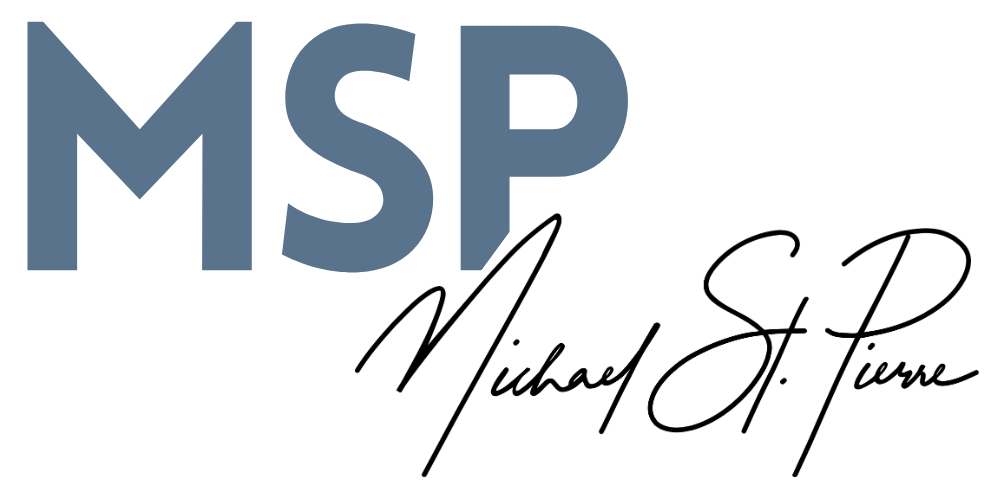My dad grew up in rural Maine (read: very remote). He tells the story of how he would pray each night before going to bed. Kneeling at the side of his bed, he would say his prayers. This was what you did when you grew up in a large Catholic family. I doubt there was much thought as to whether or not kneeling was the most conducive posture for prayer.
At church, we often have times when we kneel as we pray.
This might include kneeling prior to Mass, kneeling during certain parts of the Mass and even after Holy Communion. Kneeling is, for Catholics, a routine physical position for praying.
A question that I’ve been thinking about lately is this- when does it make sense to kneel and when is it counterproductive to praying?
I know that some will say that you must pray kneeling, that it’s non-negotiable. The thinking goes that if God Himself appeared in your home today at 2pm, would you just give him a high-five (as if he was an ordinary guest) or would you be compelled to kneel? If that is our “frame” for answering the kneel-sit question, kneeling would be the appropriate response. The Lord deserves some gesture of respect, adoration and worship.
Still, I’m not sure it has to be a zero-sum game when it comes to kneeling during prayer.
A better way of thinking on this might be to look at prayer as having defaults and exceptions.
A default for prayer at Mass might be to kneel while an exception would make sense for someone who is aged or literally cannot kneel.
Ask yourself- is God more concerned with the posture of your kneeling or the condition of your heart? In an age of decreased piety (i.e. less kneeling), we can answer this delicately. I see, even among many religious leaders, a lack of piety. To reiterate- kneeling is the norm and should be done when possible. My point is simply to expand the conversation and recognize that there may be other times when it’s acceptable not to kneel.
Kneeling surely has benefits. It contributes to our piety. It is a gesture of humility. It speaks of surrender. It reveals vulnerability.
In sum, kneeling is a good thing.
It’s the times when we cannot kneel or that it doesn’t make sense to kneel that we need more reflection. We’ve already mentioned the times when you physically cannot kneel. Age, an injury, etc. What about other times when kneeling might be counterproductive?
I attended a large ministry event a year ago and they had Adoration of the Blessed Sacrament one evening. The music was fantastic. The atmosphere was very reverent. The only “catch” if there was one, was that the event lasted for over two hours. Try as I might, I simply couldn’t kneel for that long on concrete. It made sense to spend some time kneeling and some time sitting quietly. Simply “bearing down” and sucking it up wasn’t going to bring me any closer to Jesus if my knees produced pain. A kneeling/sitting strategy worked best.
Both kneeling and sitting can be prayerful postures.
The key is to pray for the gift of humble piety. Be aware of your surroundings. Notice those around you. When you come into the Lord’s presence, recognize that the space is holy and that your actions will be different as a result. A good genuflection can go a long way. If it’s appropriate to kneel, go for it. If sitting or standing quietly makes more sense and won’t distract others, that may be the best approach.
In closing, Pope Francis’ words from 2014 give us a healthy context for reflecting on kneeling and piety:
“The gift of piety that the Holy Spirit gives us makes us meek; it makes us peaceful, patient and at peace with God in gentle service to others...Some people think that being pious is closing your eyes, putting on a sweet angel face, isn’t that right?” The Holy Father went on to say that piety is “our belonging to God, our deep bond with him, a relationship that gives meaning to our whole life and keeps us resolute, in communion with him, even during the most difficult and troubled moments”.
Liked this article?
By subscribing to my site, you'll receive this free PDF worksheet about prayer and daily life.








